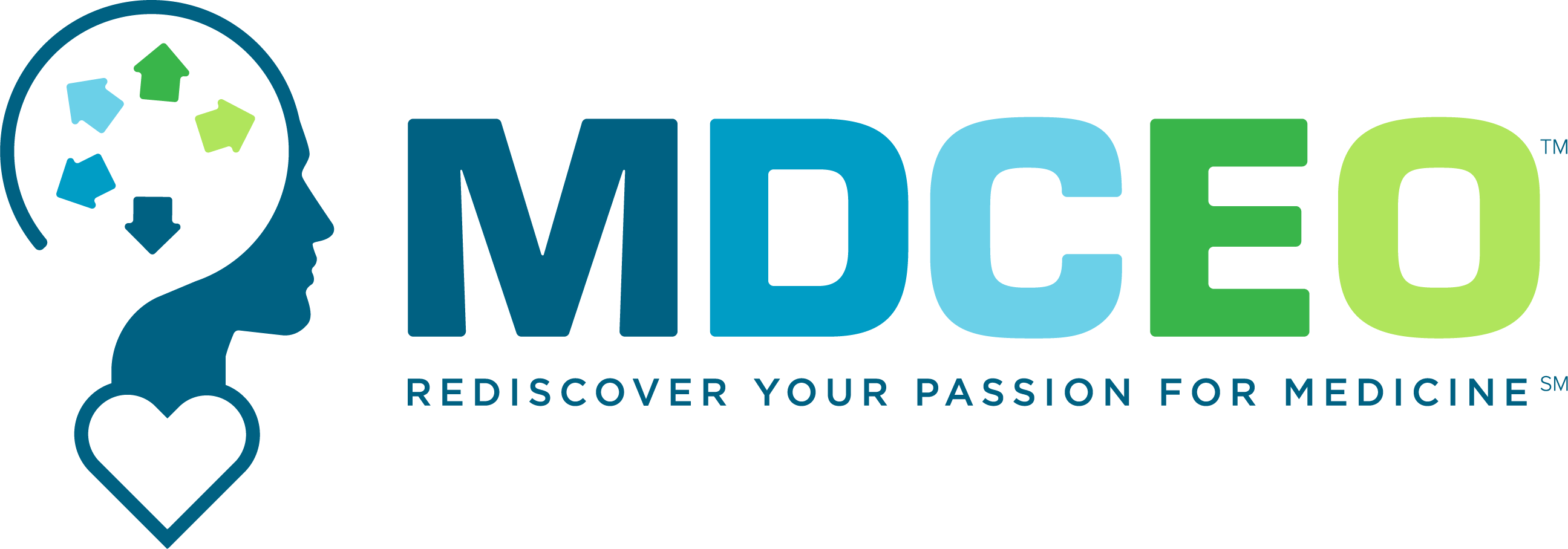April 22, 2024: How Does the Pre-Paid, Advanced Primary Care Model Change How a Patient’s Needs are Understood and Addressed? The Key Role of Data
Moving from Fee for Service to Prospective Payment in Primary Care: Advanced Primary Care: The Future of Primary Care – Part 5

Sponsored by WWW.THEMDCEO.COM
In the APC model, data plays a vital role in effective caring for patients. The challenge is how to pull together all the data available about a person so you can consistently serve a patient to the best of everyone’s ability.
For thirty-plus years we (the docs) cared for patients and if you asked us if we had sufficient data to support our clinical care, we would have said YES. Knowing what we know now that we have created systems to support our care of patients within the APC model, we would say… we had no idea what we lacked previously. We were very much operating in the dark.
For every patient there is a “boatload” of data about the patient and their needs, The data currently is not organized in a useful way so that the practice can proactively identify each patient’s risk of serious problems. There is need to create a data management system that incorporates a range of data points including medical issues, pharmacy, eligibility, and electronic medical records. We created a Whole Person Risk Score™ that integrates three dimensions and provides the team with a single number that describes the patient’s health status.
The Whole Person Risk Score ™ addresses three major questions.
First, what are the challenges from a clinical, physical, emotional, spiritual, social and financial standpoint? It asks …what are the challenges that this person is actively overcoming. This informs us about the current state of the patient’s health and well-being, many elements of which we may never be able to change. We call this the Absolute Risk Score.
The second part of it asks …how well is the system caring for this person. The more complex they are and the more that needs to be done, the higher their score. This is the primary area of focus for the clinical team and requires strong relationships and continuity of care. In its most basic form this is called Gaps in Care. What is the quality of care the patient is receiving and are their gaps in care that need to be addressed?
We also appreciate that pathways of care that encompass variables outside just a person’s diagnosis need to be considered. We know that health care today is focused on doing things to people, vs marshalling and maximizing the healing power of the individual patient. The patient’s health literacy (what they understand about their health and how the health system works) plays a key role in their progress. Their appreciation of the role their “inner healer” can play in promoting their health and well-being also needs to be considered. Their confidence in their ability to manage their conditions is also important.
The third part is … how is the person using the health care system and are they using it in a way that’s serves them well. Are they getting the best possible care and are they avoiding the pitfalls of too many procedures, doing their own medicine, lack of continuity, and multiple repetitive testing things. Are they filling and using the medications that have been prescribed? Are they using Urgicare, the ER, and/or subspecialty care and other high acuity/costly care?
These three elements flow together into a Whole Person Risk Score™ that helps the team to know which patients are in need of special attention. The Whole Person Risk Score™ helps the team to appreciate the likelihood of a serious event occurring. This process allows the care team to prioritize the use of resources so they can make the greatest impact possible.
We also assess the patient’s overall health and the likelihood of serious illness through a four quadrant model. The four quadrants involves a two-by-two diagram that divides people into low risk/low cost, low risk/high cost, high risk/low cost and high risk/high cost quadrants.
The reason for the high to low risk is because the higher the risk the more they need proactive engagement and support by the health care system and the more health literacy they’re going to need. Cost is a surrogate for how much have they been interacting with the health care system in the last year and how much direction and active management they’re going to need. That allows you to identify the low risk – low cost people who are basically the healthy that you want to keep healthy from the high risk (either low cost or high cost) who need immediate attention when they contact the practice. In prospective payment, these folks also need to be engaged by the practice so they get the services they need in a proactive way. We know that 70% of the patients in the high risk/low cost quadrant will move into the high risk/high cost quadrant in the next year if no intervention occurs. Waiting for them to experience symptoms that prompts them to call for a visit is a mistake.
There are the low risk- high cost people who are people who are having a baby or a gallbladder or an appendectomy removed or acute trauma from an accident or anxiety and depression. These people usually come back down to the low risk/low cost quadrant within a year.
The higher risk people including the high risk-low-cost people really do need an active primary care relationship that’s supporting them, looking out for problems before they happen, making sure they have their medications and a care plan and proactively managing them. When high costs are involved, they need to get to the right specialist/service at the right facility. They need a lot of care management and care coordination.
When this patient is disconnected from the practice we call them primary care homeless. If a patient is in the lower right quadrant, we know they are very likely to experience symptoms that will drive them to urgi-care centers, the ER and to specialists’ offices and may have experienced expensive care before we know anything has happened. Once we do engage them, we need to have pathways of care that allows the primary care doctor to track their movement through the system. Dashboards that effectively organize and track the data allows the practice to evaluate quality and cost.
Scott Conard, MD Michael Tuggy, MD Susan Lindstrom Laurence Bauer, MSW, MEd
scott@scottconard.com MTuggy@converginghealth.com slindstrom@mypha.com laurence.bauer@gmail.com
